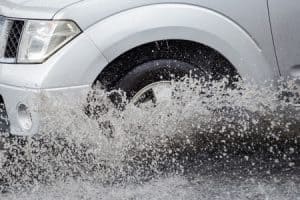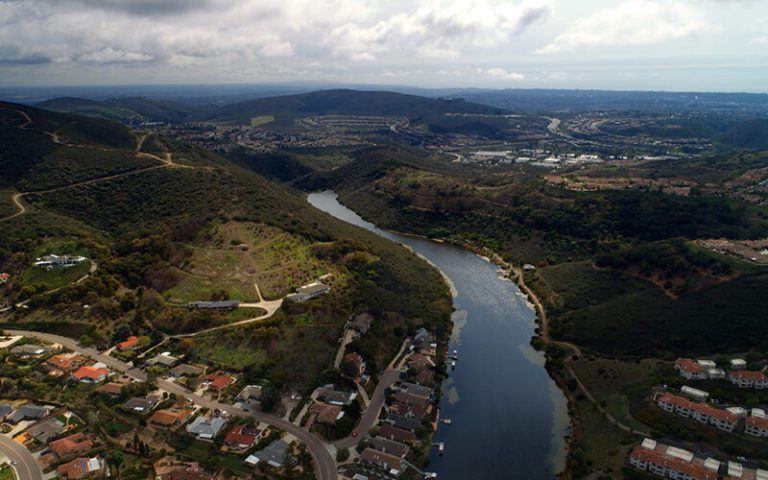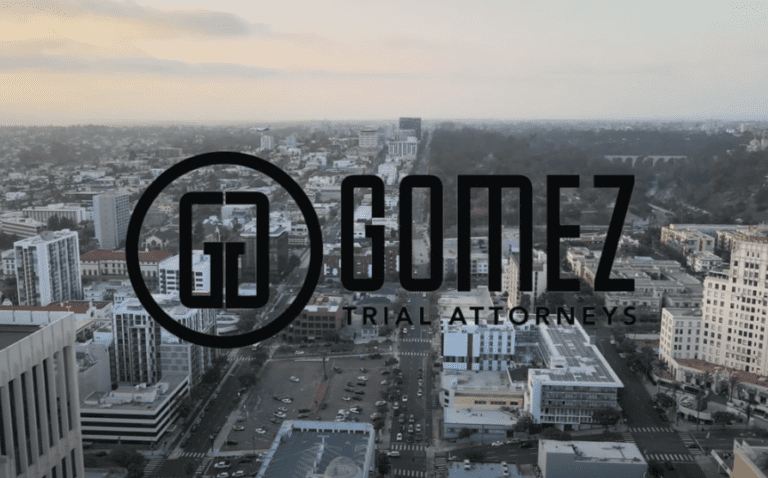[profileleft] [/profileleft]San Diego residents are bracing for the continuation of what everyone agrees is a powerful winter storm. This storm is ultimately expected to drop an enormous amount of precipitation all over the county. As we all understand, this is going to make for some very challenging driving conditions.
[/profileleft]San Diego residents are bracing for the continuation of what everyone agrees is a powerful winter storm. This storm is ultimately expected to drop an enormous amount of precipitation all over the county. As we all understand, this is going to make for some very challenging driving conditions.
We have devoted some attention recently to the statistics associated with weather-related car accidents. We also covered some common causes for weather-related car accidents.
We’d like to turn our attention to an extremely common and dangerous problem associated with driving in wet conditions, and that problem is hydroplaning. Every San Diego car accident attorney has represented at least one person who has been injured in a crash that was caused by hydroplaning.
We’d like to provide 10 ideas with regards to hydroplaning: 5 for avoiding the situation and 5 for handling it when the situation arises.
Avoiding Hydroplaning Problems
Below are 5 ideas to consider as you drive in wet weather that may help you minimize the chance that you’ll find yourself hydroplaning on the freeway:
Slow Down
One of the first ideas to consider is simply slowing down. Odds are you’ll be forced to do that anyway, as the freeways of San Diego tend to bog down with heavy traffic in the rain. Generally speaking, a car needs to be going at least 35 – 50 miles per hour in order to hydroplane depending on certain factors. Slowing down will substantially minimize the chance that you lose control of your vehicle.
Watch For Standing Water
Obviously, you cannot hydroplane without moving through standing water. As you drive in wet weather, you need to pay extra attention to a lot of different things. One of those things is any sign of water that’s gathered somewhere. It only takes about 1/10 of an inch of water for a car to wind up hydroplaning depending on the quality of tires involved.
Watch the Vehicles In Front of You
When driving in extremely wet weather, visibility tends to suffer. Therefore, it may not be feasible to keep your eyes on things that are far away. However, you may be able to give yourself some warning with regards to hydroplaning if you watch the vehicles in front of you. If you see their rear ends fish-tailing, you need to be ready.
Be Wary of Low Points In the Road
Most of the motorists in San Diego follow a certain commuting routine. This means that they are familiar with the roads they use. This is particularly true of our freeways. As such, keep in mind those areas that tend to be lower in elevation than the surrounding landscape, as this is where water is more likely to gather.
Stay In Inside Lanes
Freeways are crowned for the specific purpose of water runoff. That means that there is a slight slope in the roads that is designed to invite water to run off to the side. That also means that the crown, or high point of the road is likely in the middle lanes somewhere. Stay there and you’ll more likely to avoid standing water than in the other lanes.
Dealing With Hydroplaning
Despite all of our best efforts, chances are that we will find ourselves hydroplaning at some point in the future. Below you’ll find 5 ideas for how to handle this situation.
Stay Calm
If you do find yourself hydroplaning, the worst thing that you can do is panic. You’re going to need to execute at least a maneuver or two and that’s going to be difficult if your stress levels render decision-making difficult. Try to maintain your focus and remind yourself that you know what to do and how to get past this.
Keep Two Hands On the Wheel
Many people remember our driver’s education course when we were repeatedly taught to keep our hands on the steering wheel at 10 a.m. and 2 p.m. This is critically important when you are hydroplaning. You’ll need to regain control of your steering as soon as possible. That’s much more likely when you use two hands.
Steer Straight Ahead
The best thing you can do when hydroplaning to correct the situation is to get your vehicle pointed in the proper direction, which is straight ahead. Try to point your vehicle in that direction and it will help you get back under control. Do not oversteer your vehicle, as that could lead to much bigger problems and more danger.
Use Your Brakes Properly
Most of us understand that our brakes are of paramount importance when we are hydroplaning. You should take some time to learn whether or not you have ABS, or an antilock braking system. If so, you won’t need to pump your brakes when hydroplaning. Simply apply the usual amount of pressure to the brake pad. If you do not have antilock brakes, then gently pump the brake pad until your vehicle comes back under control. Do not slam on the brakes – this could lead to several dangerous outcomes.
Do Not Accelerate
Finally, when hydroplaning you should remove your foot from the accelerator. Slowing down while hydroplaning will help you regain traction. Therefore, you’ll also be able to regain control of your vehicle more quickly.
How a San Diego Car Accident Attorney Can Help
Hopefully, this storm will not inflict an enormous amount of damage on the driving public over the next several days. Unfortunately, that’s probably what will occur, as accidents soar in number not only in San Diego, but almost everywhere when the weather takes a turn for the worse.
If you or someone you love is involved in a crash that was caused by the negligence of someone else, you need to make sure that you take immediate steps to protect your legal rights regardless of the weather conditions. You can do so by seeking the help of the San Diego car accident lawyers at Gomez Trial Attorneys who have been fighting for the rights of those wrongfully harmed for more than a decade.
Contact Gomez Trial Attorneys today to schedule a free initial consultation.







